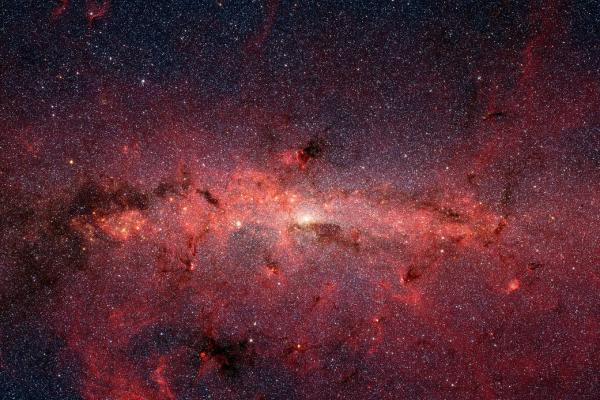
Unravelling the Assembly History of the Milky Way: Observations, Simulations, Genetic Modification and... Sausages?
In order to properly understand much of the physics that governs our Universe and forms the grand structures that we see in it today, we must understand the mass assembly of galaxies. The Milky Way is perhaps the only galaxy for which we might one day fully reconstruct its assembly history, piece by piece, star by star. In this talk, I will show how, through a combination of industrial-scale observational surveys and detailed numerical simulations, we can begin to both constrain and understand the effects of the Milky Way’s history of assembly. I will show how such simulations can provide links between the present day properties of Milky Way stellar populations and it’s early dark matter assembly, and how these predictions can be directly tested using data from Gaia, the SDSS/APOGEE survey and Kepler, K2 and TESS. Finally, I will paint a picture of the future of the mission to use the Milky Way and nearby galaxies as a tool for understanding galaxy formation on a general basis.
Speaker: Ted Mackereth, University of Toronto
Image Description and Credit: Artist rendition of the center of the Milky Way Galaxy that consists of a black hole which is surrounded by millions of starts that move around it at breakneck speeds. The environment is coated in intense ultraviolet light and X-ray radiation. (NASA, JPL-Caltech, Susan Stolovy (SSC/Caltech) et al.)
